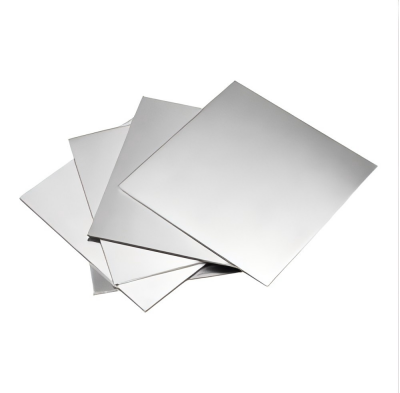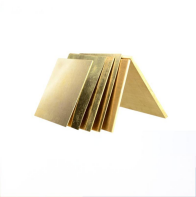Sheet Metal Materials
Compare sheet metal materials to find the ideal solution for your project. From steel and aluminum to specialty alloys, our guide highlights key properties like strength, durability, and flexibility, helping you choose the right material for prototypes, production parts, or custom designs.
304 stainless steel is a commonly used austenitic stainless steel material, widely applied in various equipment and structural components due to its excellent corrosion resistance and workability. 304 stainless steel sheets have outstanding resistance to acids and alkalis, maintaining long-term stability in atmospheric conditions, water, and most chemical media. At the same time, they offer good toughness and strong weldability, making them resistant to cracking or deformation during forming and processing. With a smooth surface that is easy to clean and maintain, 304 stainless steel is widely used in kitchenware, medical equipment, and architectural decoration.
Brass sheet metal, an alloy of copper and zinc, combines excellent corrosion resistance with good strength and durability. Its high malleability and formability make it easy to fabricate into complex shapes, while its superior thermal and electrical conductivity suit a variety of industrial and electrical applications. Additionally, its attractive golden appearance makes it a popular choice for decorative and architectural uses.
Aluminum 5052 is a lightweight, high-strength alloy with outstanding corrosion resistance. Its excellent formability and weldability make it ideal for complex shapes and durable parts, even in harsh environments. Combining performance with aesthetic appeal, 5052 is a trusted choice for marine, automotive, industrial, and architectural applications.




